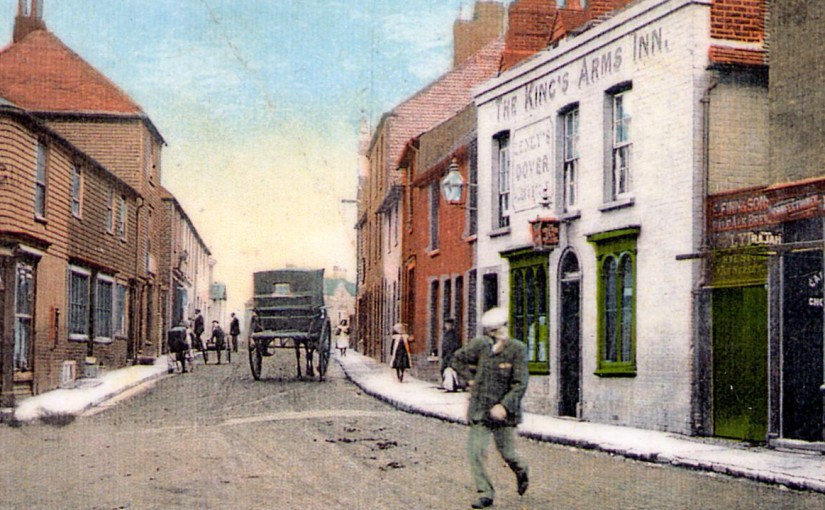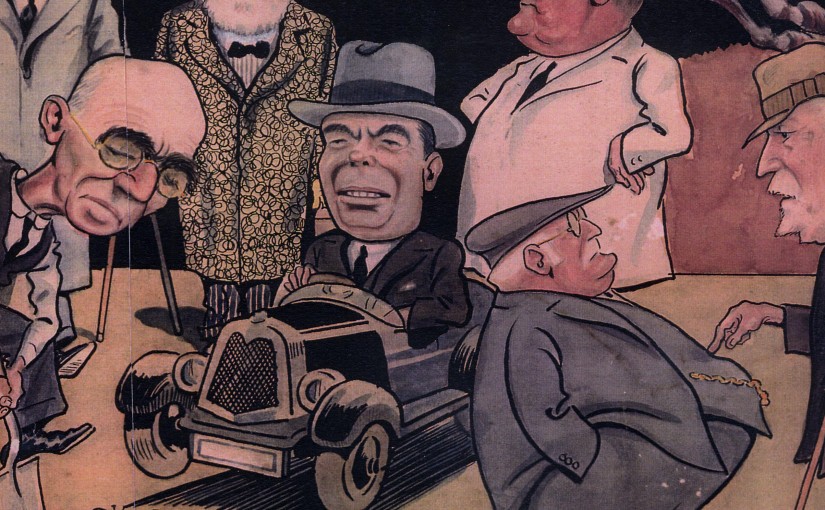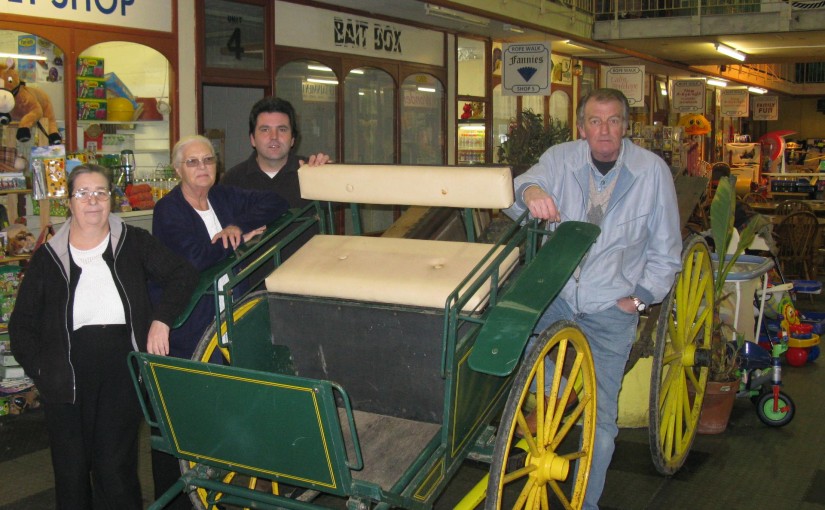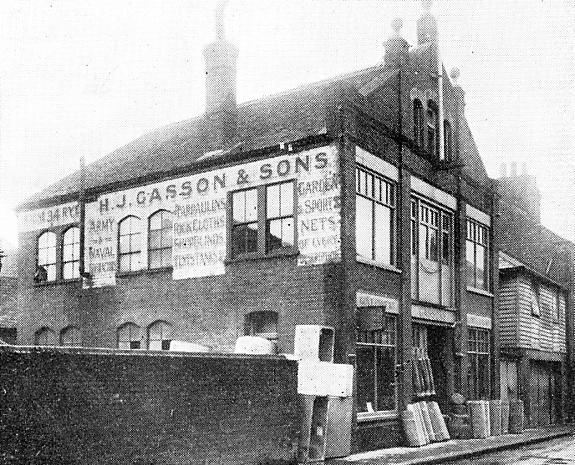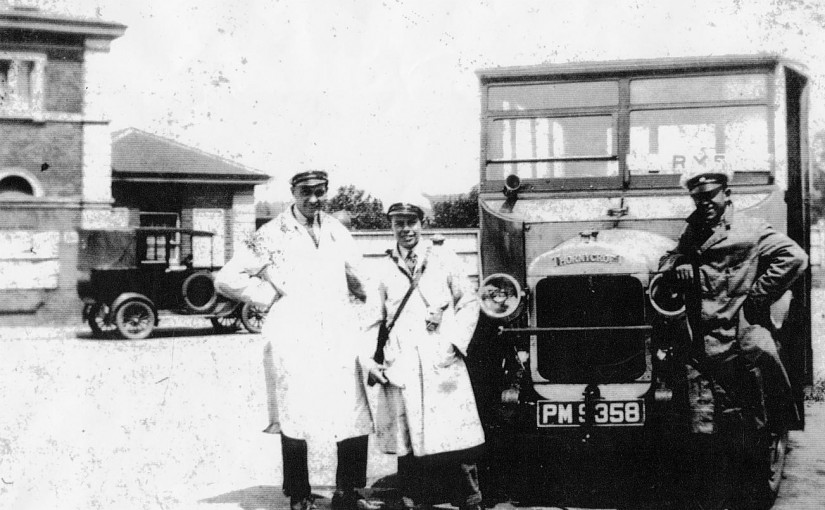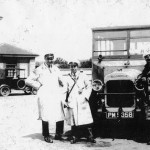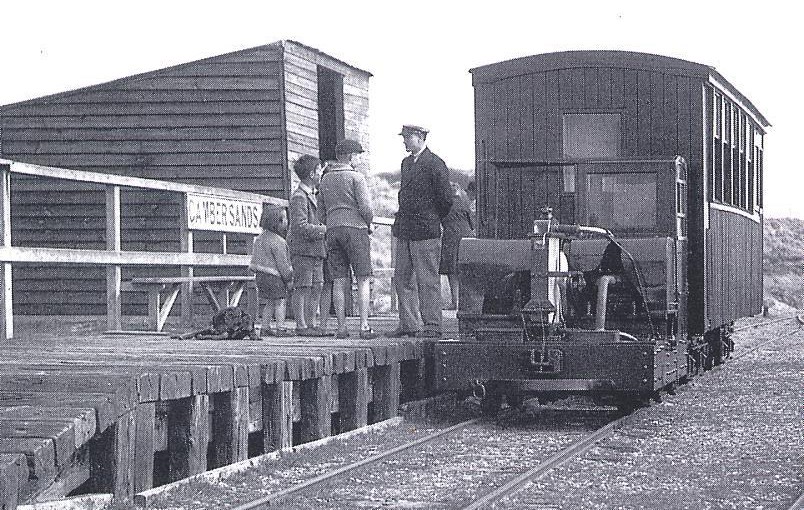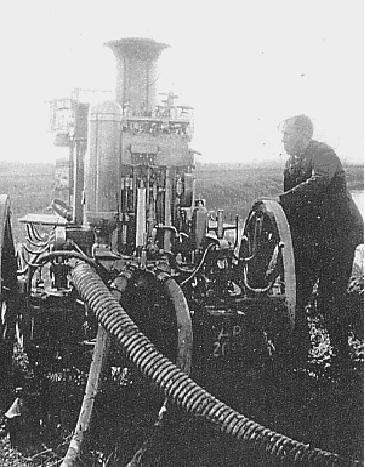Ship Building
By Arthur Woodgate
It’s been rather nice thinking about Rye Shipyard since that loving presentation in the Autumn issue of ‘Ryes Own’, and it’s given me a lot to think about. We know that Sussex was covered at one time by a lot of forestry, and there must have been lots of it’s timber cut down and brought into Rye Shipyard. Continue reading Acorn to Anvil

